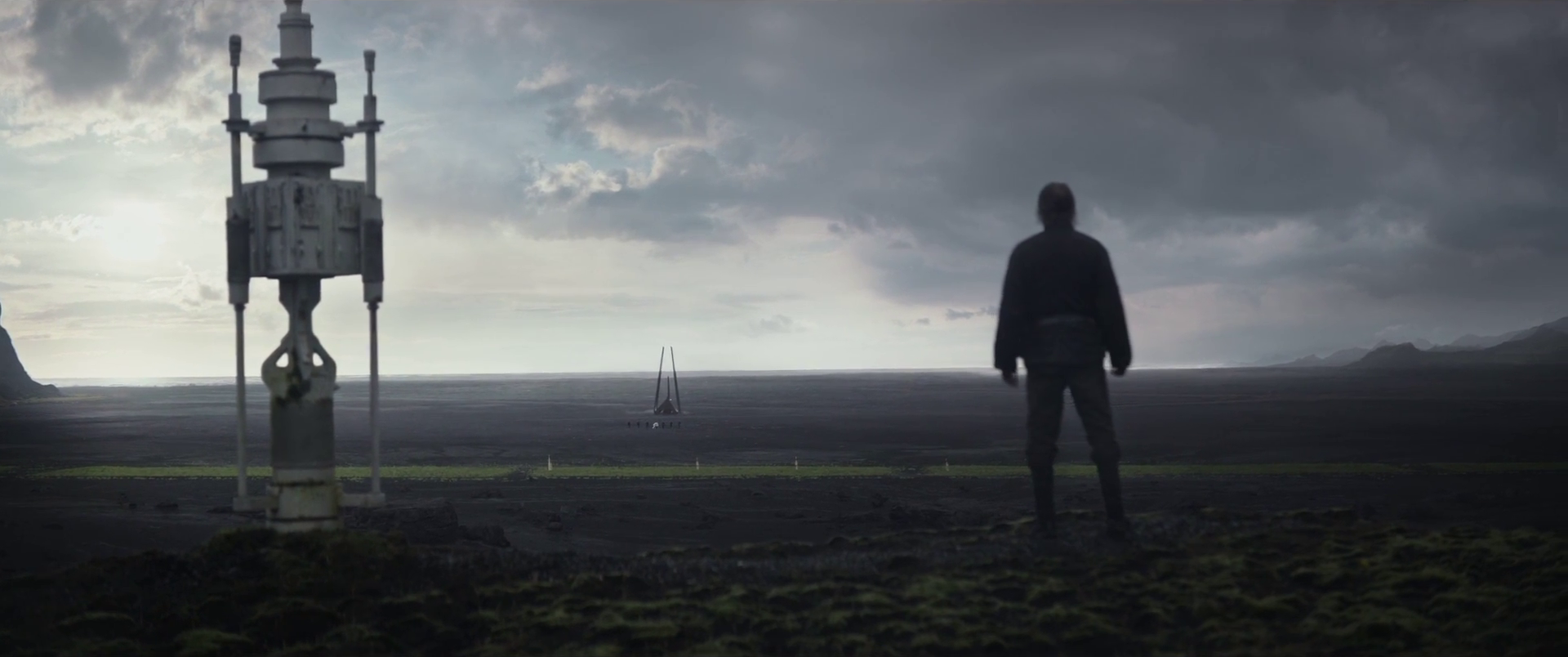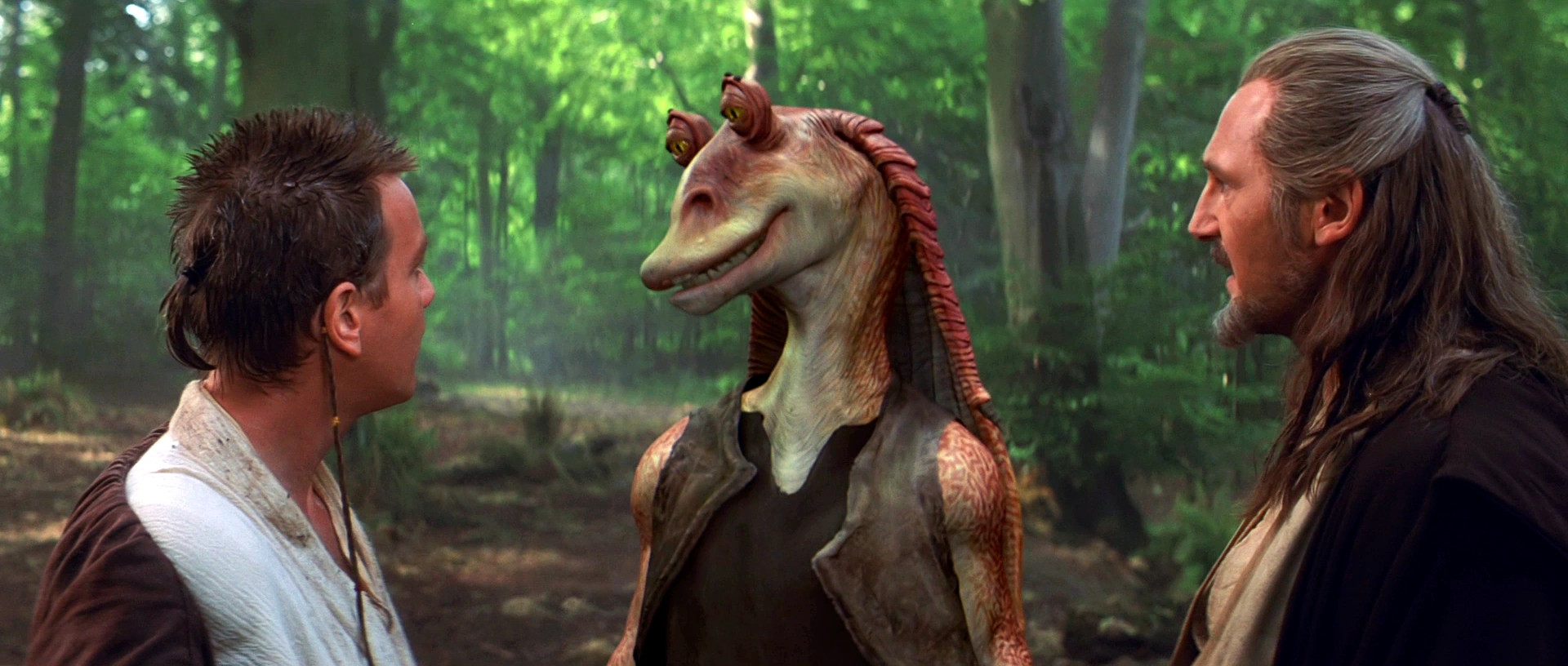But, although I haven’t been writing, I’ve still been thinking, and not only that, but I’ve been getting a clearer handle on my worldview. So when I posted about politics, I talked at some length about narratives and perceptions. And what I’ve realized in the time since then, is that this is all part of a bigger picture: persuasion. Politics has always been about persuasion, and the most persuasive candidate is usually the one who wins the election. Simple as that. The media, whether Fox or CNN or anyone else, has their particular bias and that can be persuasive but it also plays into confirmation bias, which is to say we all like to watch whatever news makes us feel good about what we already think.
But persuasion exists beyond politics. In fact it exists all around us. Sales is based on persuasion, and in business sales equals success. So the most persuasive salesperson is the most effective; the business that manages its branding the most effectively, is the most successful. Branding, by the way, is a type of persuasion. It even happens with churches – especially the charismatic churches. There’s a growing church in this area called Lifepoint Church. We all wondered how they were growing so rapidly and I finally saw them in action the other day. They came to my place of work to buy a bunch of food to feed the hungry. Which is awesome, of course. But I noticed the way the organization had arranged it, they made this simple act into an event that raised their visibility. That is to say, the people of the church all came out in a humongous sea of humanity, wearing Lifepoint t-shirts that were red, and which bore the slogan “PAINT THE TOWN RED.” They all came out at once, and they all had a shopping list that had been given them, and they bought whatever they were asked to buy and donate.
I had to try and figure how that fit with the gospel, where Jesus says when you do something good not to tell anybody but just do it and keep it to yourself, because it shouldn’t be about glory or recognition but just about doing a good thing. Then I realized that Jesus in his own way was persuasive. He didn’t just walk around preaching across the countryside, he healed the sick and the blind and raised the dead, cast out demons, and turned water into wine. And in the end, he went to his death without uttering a word, allowed himself to be stripped and beaten, the flesh flayed off his back, and was nailed to a cross in full view of the public. He didn’t just talk a lot. He put himself out there, and put everything on the line.
Dr. Martin Luther King, Jr., understood this principle in the way he approached his wing of the Civil Rights Movement. There was persuasiveness in being nonviolent, in letting themselves be attacked by dogs, by policemen with clubs, by men with fire hoses; there was persuasiveness in going to jail and showing that the cause was so righteous that none of these indecencies could take away their dignity. King’s speeches were persuasive, too. He didn’t attack people, he attacked policies, and he tried to reach hearts and minds, to appeal to the common humanity in all people.
Now, Lifepoint Church’s techniques aren’t this dramatic because there’s no danger in what they’re doing; but they absolutely are persuasive. They make themselves visible, they show you that they are an active church that does good things for the community. It makes people want to be a part of their organization. That’s just excellent persuasion. And maybe, when it’s getting people involved in something that actually IS making a difference…maybe it’s a good thing.
So, let’s bring this principle to film, or specifically to the promotion of film. In the years since Harry Knowles and the other first-generation independent online entertainment journalists opened a pipeline between fans and the entertainment industry beyond the sale and redemption of tickets, we have seen the major film studios learn how to work that system to their advantage. And the system has evolved, so that now it’s based as much on YouTube as anywhere else. People are making money just making YouTube videos where they blab about stuff they know little to nothing about.
Disney, being the largest and most successful studio at this point, knows how to make this work for them. They invite entertainment journalists – both the legitimate ones and some of the more successful internet pundits – to tour the sets, to interview the stars and the creators. Disney treats them like they’re special. Now, that’s just good business. Can you see why? If you’re a schmoe with a YouTube channel that’s really taken off and you have a couple million followers, you’re feeling kind of like a celebrity yourself. And to have done all that work, that has to have been what you wanted. You wanted to be a voice, to be a part of the entertainment industry, even if only on the fringes.
So, by inviting you to the set, a studio, in this case Disney, legitimizes you. They’ve given you something you want. They’ve given you access, let you in the door. They’ve fed you. They (hopefully) stopped short of the reach-around. But the other side of that, is they’re effectively making you an ally. When you go to write about your experience, you’ll have had fun, and your writeup will reflect that. Or when you make your YouTube video. Therefore, when you go to the theater to watch the finished film, you’ll feel a sense of ownership because you were there when it was all happening. You’ll have a ton of fond memories that make you light up just watching the film. And you’ll probably feel a bit of an obligation to pay them back for the good time, by giving them a good review. Especially because you want to be invited back next time.
Disney, in fact, does EXACTLY what I’ve just described. They’re known for it. Warner Bros., on the other hand, is notorious for being very bad at this game. Warners, to put it bluntly, doesn’t kiss nerd butts. Now, that alone isn’t enough to generate negative reviews, obviously. That won’t happen on its own. But there’s this DC and Marvel rivalry that has existed since Marvel Comics came to be in the 60’s. And it’s only natural. DC and Marvel are competitors. Like Coke and Pepsi. Ford and Chevy. Beatles and Stones. McDonald’s and all that is good and holy.
So there’s already a pre-existing tendency to choose sides between DC and Marvel. If you’re a blogger getting your butt kissed by Disney, and being treated as insignificant by Warner Bros., well, that’s going to decide your bias for you real quick. If you have to pick a side, you’ll pick the side of the butt-kissing every time. Human nature being what it is.
So the bloggers and the vloggers went out and trashed BvS because it wasn’t a Marvel picture, and nobody at Warners ever even offered them a handy. It probably wasn’t even a conscious choice. They thought they were doing their duty. Now you’ll say, “but wait! The bloggers and the vloggers and the critics weren’t the ONLY ones who hated the movie, a lot of moviegoers did, too!” And that’s fair.
Except that a five-minute conversation with the average moviegoer who hates BvS yields, consistently one result: none of them can name a legitimate reason why they dislike the film. None of them can describe one actual thing about the film that was bad. And when you counter them, point-for-point, most of them just move the goal posts. They have to make up stuff that isn’t true, to explain why they don’t like the movie. You know what that’s a tell for?
Cognitive dissonance.
They BELIEVE the movie is bad, but they don’t know why. And they can’t accept being wrong, or having been duped. So they hallucinate all kinds of reasons why the movie was bad. Which probably indicates they didn’t form their own opinion, here, they sided with their favorite internet personality, or they simply chose Marvel over DC because Marvel movies are good so DC movies can’t be.
Now, here’s Warners’ second mistake. When they realized they had a branding problem after BvS, they pulled the rug out from under Zack Snyder and made Joss Whedon ruin Zack’s movie. Yeah, no, that’s what happened. They MADE Joss ruin Zack’s movie. I don’t think Joss was like, “I’ll just piss all over everything, here.” Joss is actually a pretty talented guy. Warner’s told him, “Zack’s movies aren’t working well for our brand, so make the movie short and funny.” And Joss said, “um…well I guess if I don’t my career’s going to take a hit, so, this sucks, but at least I’m getting paid.” Probably. I mean, I can’t read his mind.
But here’s why this was bad persuasion. In the first place, it says, “everything we’ve done so far has been bad,” which is throwing under the bus every fan who has paid to own the DC movies and to see them in the theater so far. It’s throwing under the bus every fan who went in prepared to love BvS and did. It’s throwing under the bus Zack Snyder, and his wife Deborah, who worked their asses off for years, starting with Man of Steel, to get the DCEU up and running. In short, it was brand suicide. It did not persuade anyone who hated the DCEU already, to come see Justice League. It displeased the diehards who love Zack’s films. It produced a film for exactly NOBODY. Justice League the theatrical cut, or “Josstice League,” as some are calling it, is a film for nobody. It landed with a splat and nobody gave a damn.
Now, here’s the good news. Warners cleaned house. All the idiots responsible for these dumb decisions are gone. Kevin Tsujihara (the King of the Idiots) is out. Walter Hamada is in. There are rumblings of many varied projects, which are not all connected. That sounds off-putting at first, but it could potentially be a great idea. Here’s why.
It sets up multiple paths to success. They’ll make some darker films, some lighter films; some low-budget films, and some big-budget ones. They’ll see which ones audiences respond to most, and then they’ll make more of those. That’s a good strategy. It makes me think maybe Mr. Hamada has a good persuasion game. Maybe he’s going to right some wrongs.
This is backed up by the fact that Warners now actively kisses nerd butts. Embargoes lifted today for Aquaman set reports. The trailer drops at SDCC this coming weekend. And it has been officially confirmed that the #SnyderCut of Justice League exists. It has not yet been confirmed that it is coming, but there have been a lot of hints, both from Zack Snyder on Vero and from others as well, including Jay Oliva, Zack’s storyboard artist, and Aisha Tyler, the host of the DC panel at the upcoming SDCC.
If Hamada is the persuader and strategist I think he is, this would be a brilliant play. The bloggers and the vloggers and the journalists have been saying for months that the #SnyderCut doesn’t exist. For them to be proven wrong in so big a way, would jolt a lot of people out of their mental cages. Bust some bubbles. And it might signal the dawning of a new age. I could be getting ahead of myself, of course. We’ll probably have a clearer picture, one way or the other, next Saturday.
But until then, I leave you with this food for thought.
Oh, and one other thing:
#ReleaseTheSnyderCut





































